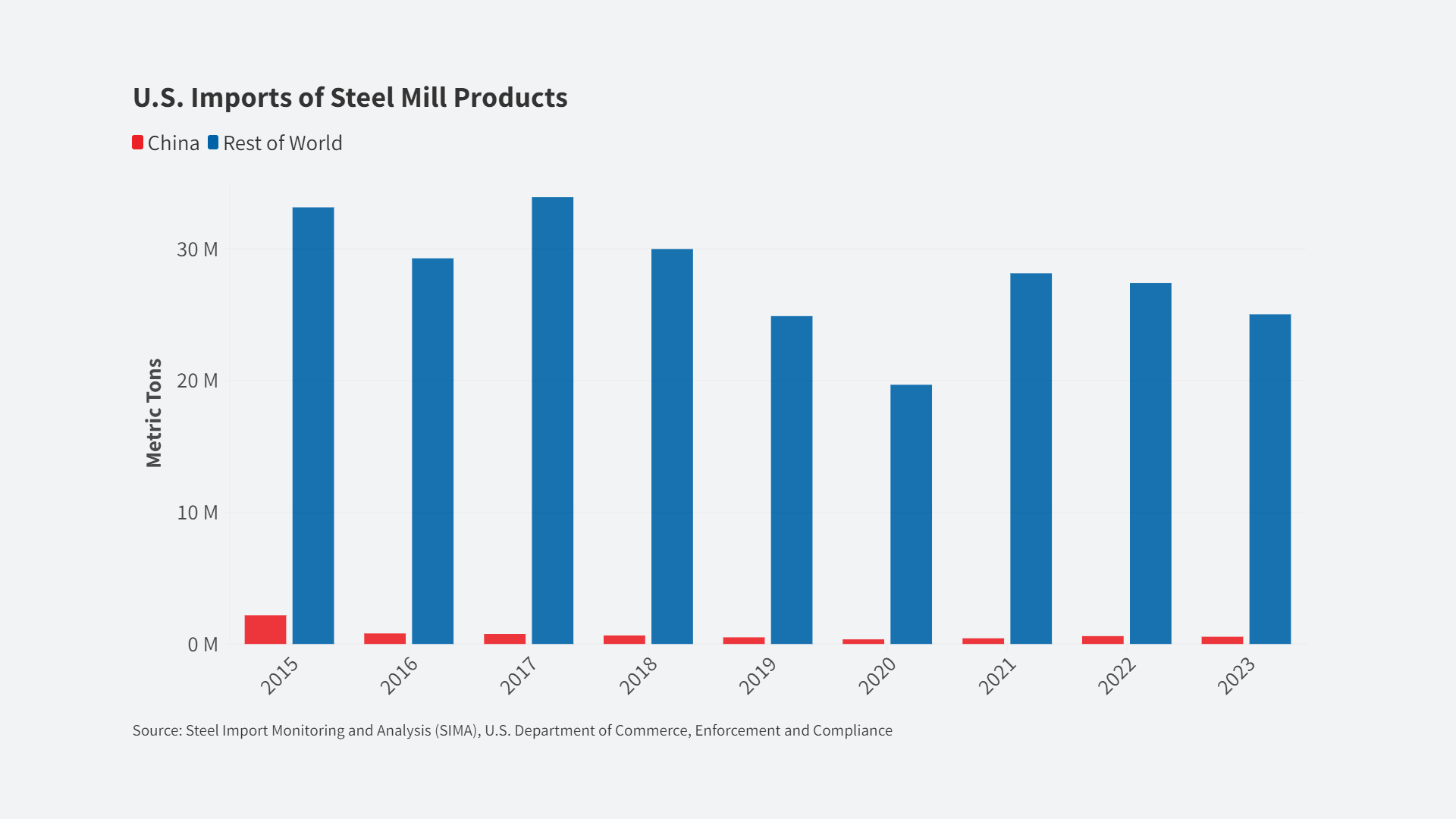By Jeff Ferry, CPA Research Director
The United States’ trade deficit surged 12% in January 2017 to hit $48.5 billion, its highest level in almost five years.
The growth in our trade deficit reflects America’s failed trade policy, persistent mercantilist practices by some of our largest trading counterparties, and slower export growth.
January’s trade deficit of $48.5 billion was up 9% from the previous month and up 12% from the year-earlier January figure of $43.4 billion. It is the highest monthly figure since March 2012. That deficit reflects respectable year-on-year growth in exports of 7.4% to $192.1 billion, but even stronger growth in imports of 8.2% to $240.6 billion.
Year-on-year comparisons give a better indication of the underlying trends than month-to-month movements, which tend to be more erratic. By that comparison, our goods imports grew even more quickly, at 9.2%, than total imports. Goods exports rose 9.4%. Our trade deficit in goods in January came in at $69.7 billion, 8.7% worse than in the year-ago January. Goods are more important than services to the overall health of the economy because goods (including manufactures, agricultural goods, and raw materials) are more job-intensive.
Our trade deficits with several key trading counterparties worsened in the month. Our deficit with China rose 8.3% to hit $31.3 billion in January. Our deficit with Japan was up 12.2% to$5.5 billion, while our deficit with Germany rose 8.9% to $4.9 billion. Our deficit with Canada rose 44% to $3.6 billion. Mexico was the only one of our top five counterparties where our deficit improved this month, falling 9.3% to $3.9 billion.
Advanced Technology Deficit Leaps 70%
Looking more closely at three key goods sectors reveals that manufacturing delivered poor results in January, while agriculture saw an outstanding month. The trade balance in manufactured goods worsened by 15.4%, or $10 billion, to hit $75.5 billion in January. The agricultural goods trade surplus surged by 241% to hit $2.27 billion for the month.
Our position in advanced technology products continues to deteriorate, with a leap of 70% in our ATP deficit to $8.46 billion in the month. China accounted for 118% of this deficit—in other words if we removed the $10 billion monthly deficit we showed with China in January, we would have had a surplus in advanced technology of $1.56 billion.
A large trade deficit reduces economic growth and hits job creation in several ways. It represents purchases of goods and services that would have created income and jobs if they had been directed towards domestic goods and services. In addition, the weakness of many of our domestic industries leads to reduced investment and innovation in those industries. Finally, traded goods and services tend to be in faster-growing industries, so the loss of those industries makes the economy more reliant on slow-growth industries, which can’t deliver wage and salary increases at the same rate.













